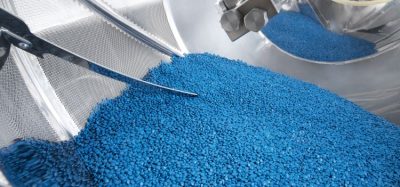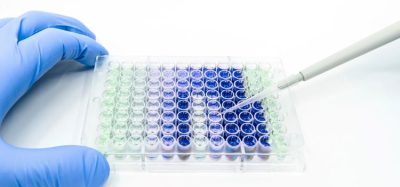From biologics to small molecules – the shift in biopharma’s revenue growth
Posted: 31 July 2024 | Catherine Eckford (European Pharmaceutical Review) | No comments yet
Biopharma companies that experienced strong revenue growth due to COVID-19 drug sales have been overtaken by companies that developed obesity drugs in 2023, GlobalData suggests.


Data insights from GlobalData has reported that in 2023, major players in the biopharma sector generated “significant” revenue growth from obesity drugs.
Between 2022 and 2023, companies including Novo Nordisk and Eli Lilly had “year-on-year (YoY) revenue growth of 31.3 percent, 26 percent, and 19.6 percent, respectively”.
Their research showed that of the top 20 companies, Novo Nordisk experienced the highest revenue growth of 31.3 percent to $33.7 billion.
Global sales of $13.9 billion and $4.6 billion in 2023 for its obesity and diabetes blockbuster drugs Ozempic (off-label for obesity) and Wegovy respectively, facilitated the growth.
“Mounjaro, Zepbound, and Ozempic are expected to surpass Merck & Co’s Keytruda in global analyst consensus sales by 2030″
This is despite an “overall 1.6 percent decline in aggregate revenue to $816 billion from 2022 to 2023” for global biopharma companies, GlobalData noted.
Similar to Novo Nordisk, Eli Lilly’s obesity and diabetes drugs Mounjaro (off-label for obesity) and Zepbound propelled revenue growth to “$34.1 billion, with combined global sales of $5.3 billion in 2023” GlobalData added.
“Mounjaro, Zepbound, and Ozempic are expected to surpass Merck & Co’s Keytruda in global analyst consensus sales by 2030, due to the surging demand for weight loss drugs. Projected sales for Mounjaro, Zepbound, and Ozempic are $27.4 billion, $27.3 billion, and $22.4 billion, respectively, compared to $21.3 billion for Keytruda, according to GlobalData’s Drugs Database,” Alison Labya, Business Fundamentals Analyst at GlobalData stated.
Major manufacturing investment to support API production for tirzepatide
Additional factors impacting revenue growth in biopharma
Three of the top biopharma companies reported greater than 20 percent YoY operating profit growth in 2023. This includes AstraZeneca (118.1 percent), Novo Nordisk (37.1 percent), and Novartis (22.6 percent), according to GlobalData.
“In terms of profitability, five out of the top 20 companies had over 25 percent growth in net profit, with Novartis (113.5 percent), AstraZeneca (81.1 percent), and Novo Nordisk (50.7 percent) reporting more than 50 percent growth,” Labya continued.
According to GlobalData, Eli Lilly’s revenue growth was also influenced by the breast cancer drug Verzenio and diabetes drug Jardiance. Last year, worldwide sales were $3.9 billion and $2.7 billion in 2023, respectively.
Revenue decline in 2023
Moreover, GlobalData shared that biopharma players who reported a YoY decline of over 50 percent in profitability in 2023 included: Pfizer (-93.2 percent), Astellas (-82.7 percent), GSK (-67.1 percent), AbbVie (-58.9 percent), and Takeda (-54.6 percent).
Last year, Pfizer experienced its biggest decline in revenue (47.7 percent). This was a result of decreased demand for Comirnaty and Paxlovid to treat COVID-19.
“As a result of Pfizer’s revenue decline, Johnson & Johnson regained its position as the top player in the biopharmaceutical industry by revenue, having witnessed $85.2 billion in revenue in 2023,” Labya shared.
Finally, Labya predicted that sales for obesity drugs are expected to continue through the remainder of this year. However, this could impact its supply chain because of consumer demand, she explained.
Related topics
Big Pharma, Biologics, Biopharmaceuticals, Clinical Development, Data Analysis, Drug Development, Drug Markets, Industry Insight, Research & Development (R&D), Therapeutics
Related organisations
AbbVie, Astellas, AstraZeneca, Eli Lilly and Company, GlobalData Pharma, GSK, Johnson & Johnson, Novartis, Novo Nordisk, Pfizer, Takeda
Related drugs
Jardiance, Keytruda (pembrolizumab), Mounjaro (tirzepatide), mRNA vaccine, Ozempic, Semaglutide, vaccines, Verzenio, Wegovy™, Zepbound









